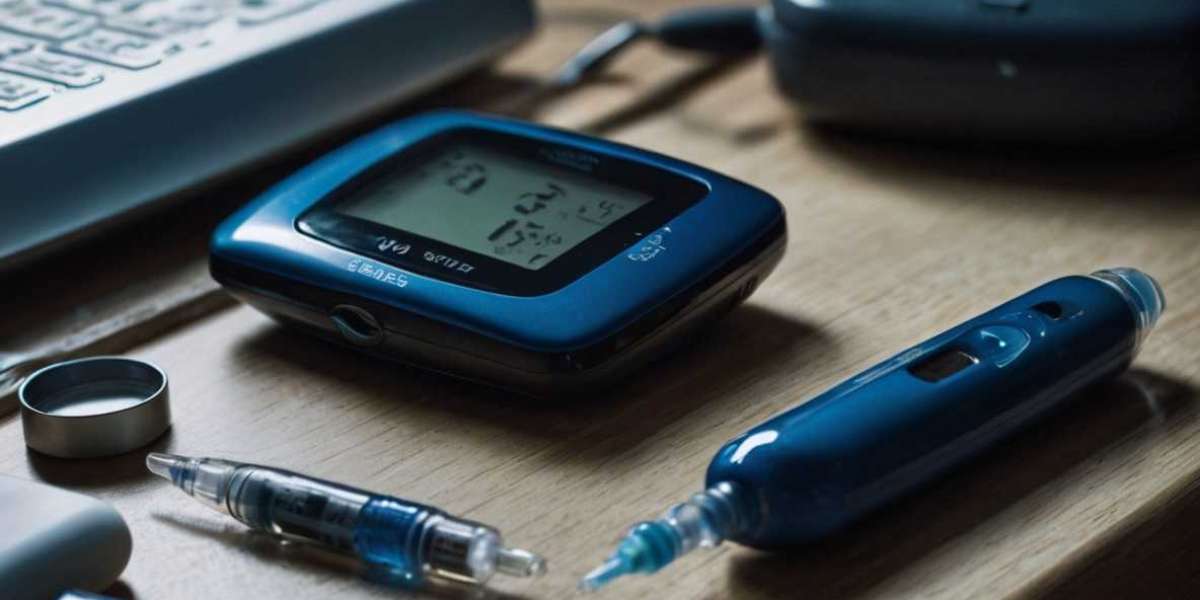Introduction
The GCC Diabetes Care Devices Market is undergoing dynamic changes as the region grapples with a growing diabetes burden. By 2031, several emerging trends are expected to reshape the market, driven by advancements in technology, changing patient needs, and supportive government policies. Understanding these trends is essential for market participants looking to stay ahead in this competitive landscape.
Growth of Smart Insulin Delivery Systems
Smart insulin delivery systems are among the most significant trends in the GCC Diabetes Care Devices Market. These systems, which include smart insulin pens and pumps, allow for more precise and personalized insulin administration. They are designed to integrate with other diabetes management tools, such as continuous glucose monitors, to provide a comprehensive approach to diabetes care.
In the GCC, the adoption of smart insulin delivery systems is on the rise due to their ability to improve glycemic control and reduce the risk of hypoglycemia. As these devices become more widely available and affordable, their usage is expected to increase, particularly among younger, tech-savvy patients.
Personalized Diabetes Management Solutions
Personalized medicine is gaining traction globally, and the GCC is no exception. In the context of diabetes care, personalized management solutions are becoming increasingly important. This trend involves tailoring diabetes treatment plans to the individual needs of patients based on their specific genetic, lifestyle, and metabolic profiles.
The development of personalized diabetes care devices, such as insulin pumps that adjust dosages based on real-time glucose readings, is expected to grow in the GCC market. These devices offer a higher level of customization, leading to better patient outcomes and improved quality of life for those living with diabetes.
Increasing Focus on Preventive Care and Early Intervention
Preventive care and early intervention are becoming central to diabetes management strategies in the GCC. Governments and healthcare providers are emphasizing the importance of early diagnosis and proactive management to prevent the progression of diabetes and its complications. This trend is driving the demand for devices that enable early detection and continuous monitoring of blood glucose levels.
In response to this trend, manufacturers are developing more advanced screening tools and monitoring devices that can be used by individuals at risk of developing diabetes. By 2031, the GCC Diabetes Care Devices Market is expected to see a surge in the adoption of such preventive care devices, helping to curb the diabetes epidemic in the region.
Integration of Diabetes Care Devices with Mobile Health Apps
The integration of diabetes care devices with mobile health (mHealth) apps is another trend gaining momentum in the GCC. These apps allow patients to track their glucose levels, insulin usage, and other health metrics from their smartphones. They also offer features like medication reminders, dietary recommendations, and real-time data sharing with healthcare providers.
This trend is particularly appealing to the younger population in the GCC, who are more inclined to use digital health tools. The convenience and accessibility of mHealth apps, combined with their ability to provide personalized insights, are expected to drive their adoption in conjunction with diabetes care devices. As a result, the market is likely to see a proliferation of integrated solutions that offer a seamless diabetes management experience.
Expansion of Home-Based Diabetes Care
Home-based diabetes care is emerging as a significant trend in the GCC, driven by the desire for convenience and the need to reduce the burden on healthcare facilities. Patients are increasingly managing their diabetes from the comfort of their homes, using devices such as glucose monitors, insulin delivery systems, and telehealth platforms.
This trend is being supported by advancements in remote monitoring technology and the increasing availability of user-friendly, at-home diabetes care devices. By 2031, the GCC Diabetes Care Devices Market is expected to witness substantial growth in the home care segment, as more patients opt for self-management solutions that offer greater flexibility and independence.
Collaboration and Partnerships in the Healthcare Ecosystem
Collaboration between different stakeholders in the healthcare ecosystem is becoming more common in the GCC. Manufacturers of diabetes care devices are partnering with healthcare providers, technology companies, and government agencies to develop integrated solutions that address the unique challenges of diabetes management in the region.
These collaborations are expected to drive innovation and improve access to advanced diabetes care devices. By fostering partnerships, the GCC market is likely to benefit from a more coordinated approach to diabetes care, resulting in better outcomes for patients.
Conclusion
The GCC Diabetes Care Devices Market is on the cusp of significant change, with emerging trends that promise to reshape the industry by 2031. From the growth of smart insulin delivery systems and personalized management solutions to the expansion of home-based care and the integration of mHealth apps, the market is evolving to meet the needs of a growing diabetic population. As these trends continue to develop, the market is poised for robust growth, offering new opportunities for innovation and improved patient care in the GCC.














